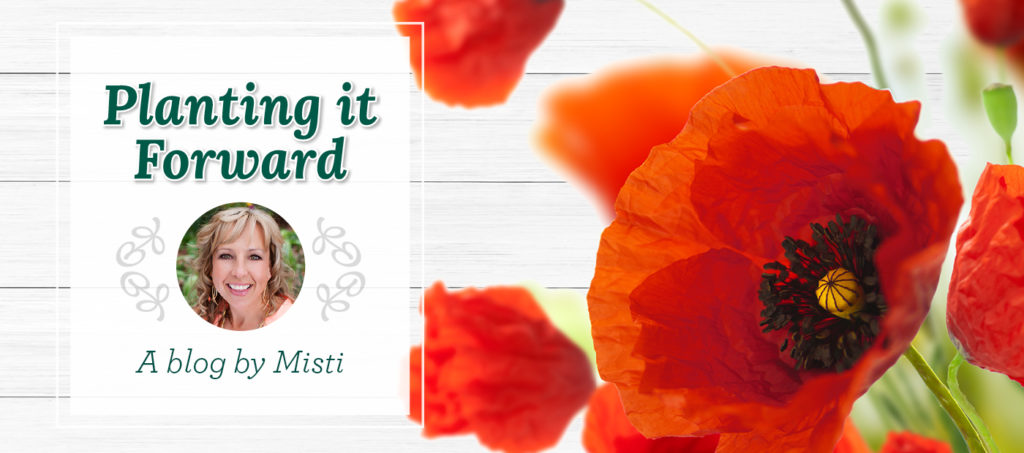
I hope you all had a wonderful Thanksgiving and are looking forward to the upcoming winter holidays that make this time of year so special.
Of course, when we say holidays, most minds turn to Christmas. Christians account for about 64% of the U.S. population, and according to the Pew Research Center, most people who don’t affiliate with any religion plan to celebrate Christmas as a cultural event.
But there is a wonderful wealth of other holidays and cultural observances that occur between Thanksgiving and New Year’s Day.
Probably the best known of these is Hannukah, the eight-day festival of lights that will begin this year on the evening of December 18. Hannukah (which can also be spelled Chanukah, Chanukkah, or Hanuka) means “dedication” in Hebrew and the holiday commemorates the recapture and rededication of the Temple in Jerusalem in 164 BCE.
When the Jewish fighters known as the Maccabees defeated the Greek army that occupied Jerusalem, they went to light the Temple’s menorah, only to find that most of the purified ritual oil used for the menorah had been ruined. The story goes that although there was only enough purified oil to keep the menorah lit for one day, it miraculously burned for 8 days. This is the inspiration of the tradition of lighting menorah candles each night. Much of the food associated with the holiday, like potato latkes, are fried in oil as another reminder of the Hannukah miracle.
Earlier this month, Buddhists will observe Bodhi Day, also known as Rohatsu. Celebrated each year on December 8, it commemorates the day that the Buddha, Siddharta Gautama, achieved enlightenment or spiritual awakening (bodhi) after meditating for 49 days straight under a Banyan fig tree. Buddhists honor the day by meditating, chanting Buddhist texts known as sutras, and performing kind acts towards others.
Many cultures will mark the longest night of the year, the winter solstice, which is also the first day of winter. From Iran to China to England to here in the States, many societies in the northern hemisphere celebrate the solstice as the return of the sun, since the days begin to get longer.
In fact, there is one solstice celebration that is right in our back yard. On December 21, the Hopi begin the Soyal ceremony. Hopi tradition says that on this day, the Kachinas (or Katsinam), the spirits that guard over the Hopi, come down from their home in the San Francisco Peaks to bring the sun back to the world. Gift-giving to children, prayers for the coming year, singing, and storytelling are all part of the festivities and kachina dolls are often made in preparation for the celebration.
A relatively new holiday is commonly celebrated in the days between Christmas and New Years. Kwanzaa (the Swahili word for “first fruits” of the harvest) is a weeklong celebration first held in 1966 to honor African heritage in African-American culture. Central to Kwanzaa is its seven principles, known as the Nguzo Saba: unity of family and community; self-determination; collective work and responsibility; cooperative economics; purpose; creativity; and faith. Among the symbols of the holiday are the seven candles (three green, three red and one black) lit on a kinara; fruit and nuts to symbolize work; and an ear of corn to represent fertility and the idea that, through children, the future hopes of a family are brought to life.
Whether you are celebrating a Merry Christmas, Happy Hannukah, Joyous Kwanzaa or any of the other winter observances that make this season so special, all of us at Warner’s wish you the happiest of holiday for you and your family.